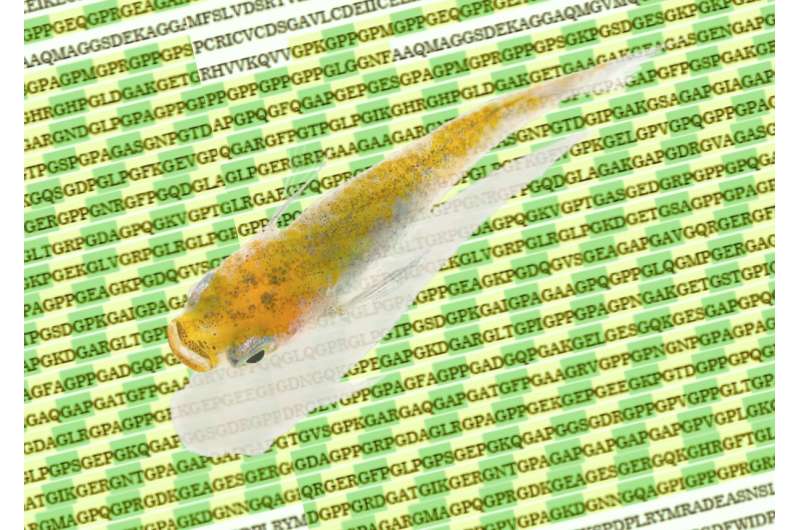Untangling the knots in cell stress

How do cells correctly make proteins?
Part of the answer lies in quality control for newly-minted proteins, which takes place in the sub-cellular compartments of the 'endoplasmic reticulum', or ER. An over-burdened—or 'stressed'—ER can result in proteins becoming disorganized, a condition which cells seek to rectify by undertaking 'unfolded protein response', or UPR.
During this reorganization, 'UPR transducers' in the ER sort the proteins for correction. Humans are known to have ten types of these transducers, but for years, scientists have not been able to explain why so many varieties are needed for the process to work.
Now in an article published in the Journal of Cell Biology, Tokiro Ishikawa and Kazutoshi Mori of Kyoto University describe how different UPR transducers are used selectively, depending on the developmental stage of the cell and the type of stress.
"We started by looking for proteins that cause ER stress during the development of medaka fish embryos, which are known to have the same ten transducers," explains first author Ishikawa.
"We found that at first the production of short chain collagen causes a certain transducer to be activated for quality control." Collagen is the most abundant protein in vertebrates, providing external support for cells.
In the next stage of development, cells received a signal from main actor proteins and started to produce longer-chain collagen. In response to this new ER stress, a new UPR transducer was activated to produce components to export the larger collagen out of the ER. Without this, larger collagen would be unable to leave the cells and do its job.
"This showed us that different UPR transducers are activated to cope with different ER stresses caused by different proteins," says Ishikawa.
Senior researcher Mori continues, "We see UPR working 'backstage', so to speak, to support the main actors during cell differentiation and thereby orchestrating various biological processes"
The team is next seeking to understand how cells discriminate between lengths of collagen to activate different transducers, further deepening understanding of UPR's role in cellular processes and development.
More information: "UPR Transducer BBF2H7 Allows Export of Type II Collagen in a Cargo- and Developmental Stage-Specific Manner" Journal of Cell Biology, DOI: 10.1083/jcb.201609100
Journal information: Journal of Cell Biology
Provided by Kyoto University


















